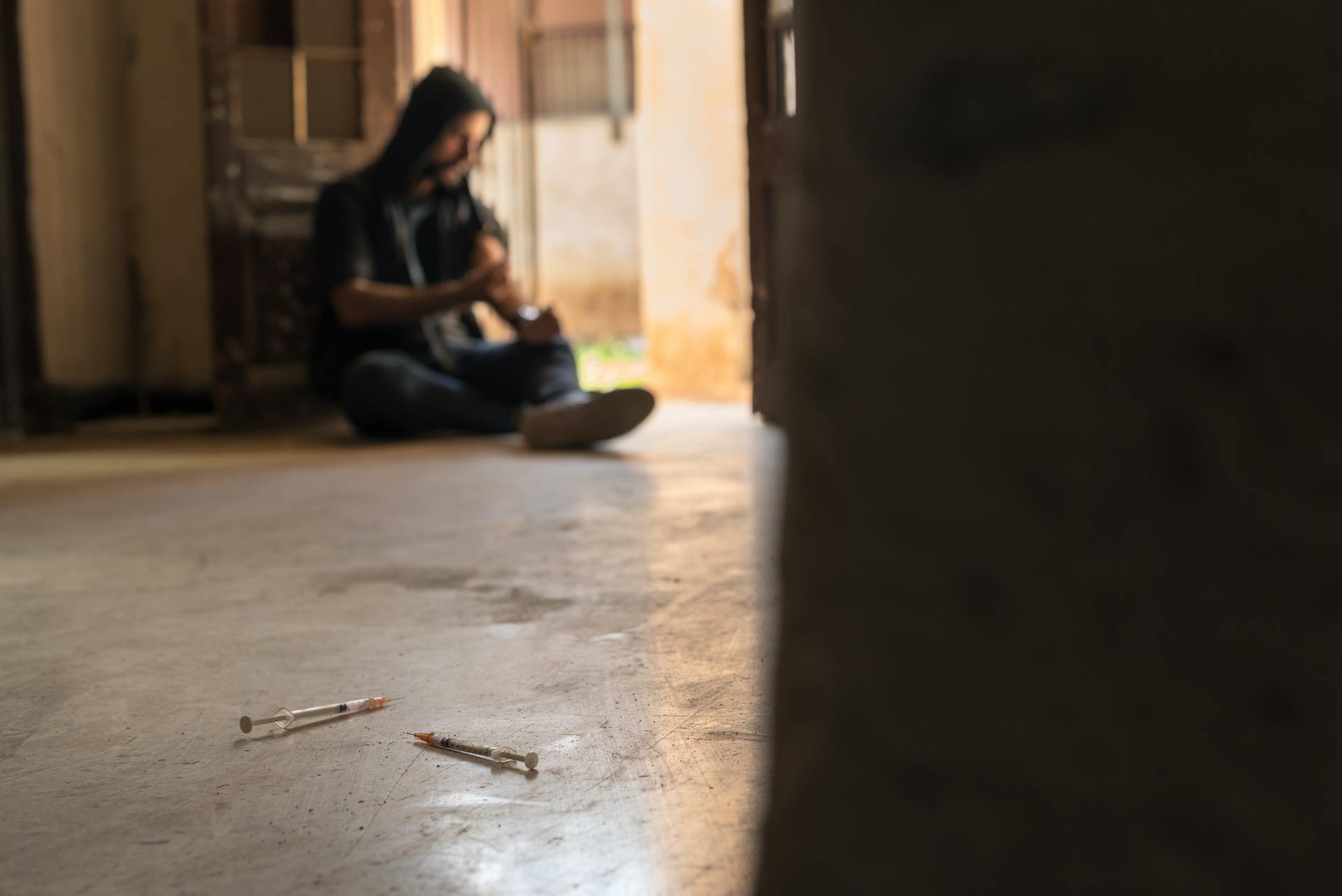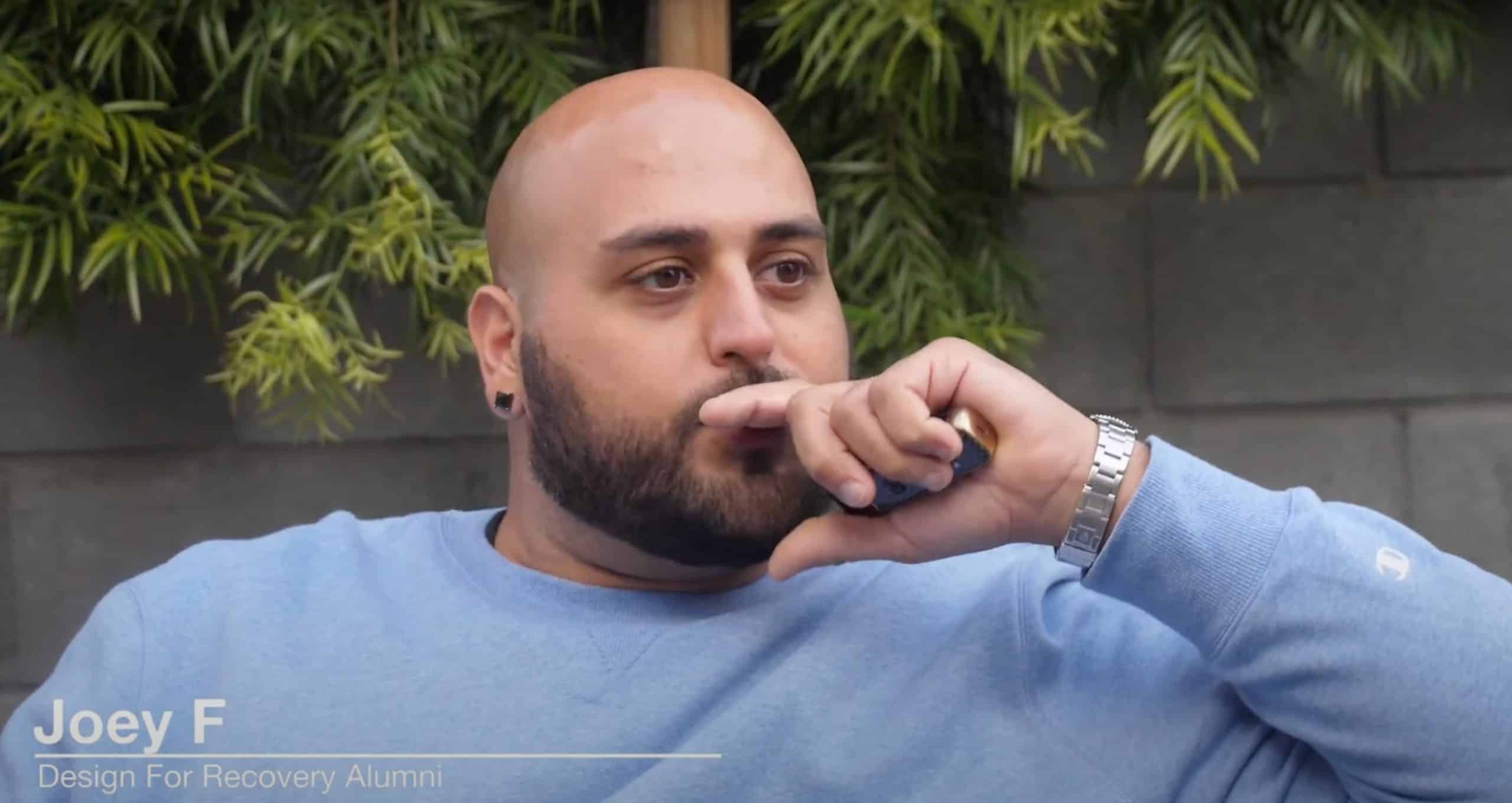Heroin is a highly addictive opioid drug that is made from morphine. Considered one of the most addictive drugs, it becomes tough to function without it once you inject it inside your system.
Many people believe that it is quite easy to spot a drug addict, but the early signs of heroin addiction might get overlooked if you don’t observe the changes. Individuals between the age of 12-30 are the most frequent users of this drug.
According to the National Center for Drug Abuse, there were about 4,633 teenage drug overdose deaths in the year 2018. This situation has gotten worse in the lockdown.
During this pandemic, there has been a dramatic surge in the number of fatalities recorded because of a drug overdose. The Overdose Detection Mapping Application Program states that the overdose cases have increased to 42% in May 2020.
In these challenging situations, it is incredibly crucial for all the parents to be aware of the signs of heroin addiction. Early detection can help your teen and make it possible for them to have a sober living home.
On This Page:
What is Heroin?
According to NIDA:
Heroin is an opioid drug made from morphine, a natural substance taken from the seed pod of the various opium poppy plants grown in Southeast and Southwest Asia, Mexico, and Colombia. Heroin can be a white or brown powder, or a black sticky substance known as black tar heroin. Other common names for heroin include big H, horse, hell dust, and smack.
Users inject, snort or smoke heroin. It is also frequently combined with other drugs, such as cocaine, to augment its effects.
Effects of Heroin
Heroin users report feelings of intense pleasure and euphoria, a “rush” of intense sensations as soon as the drug enters the bloodstream.
Other short-term effects include:
- dry mouth
- warm flushing of the skin
- heavy feeling in the arms and legs
- nausea and vomiting
- severe itching
- clouded mental functioning
- going “on the nod,” a back-and-forth state of being conscious and semiconscious
Long-term effects include:
- insomnia
- collapsed veins for people who inject the drug
- damaged tissue inside the nose for people who sniff or snort it
- infection of the heart lining and valves
- abscesses (swollen tissue filled with pus)
- constipation and stomach cramping
- liver and kidney disease
- lung complications, including pneumonia
- mental disorders such as depression and antisocial personality disorder
- sexual dysfunction for men
- irregular menstrual cycles for women
What is a Heroin Overdose?
Symptoms of a heroin overdose include shallow breathing, confusion, and loss of consciousness. If an overdose occurs, medical emergency services should be called immediately. The most effective way to halt and reverse an overdose is by administering naloxone hydrochloride, the most common form being a nasal spray known by its brand name Narcan.
According to NIDA:
When people overdose on heroin, their breathing often slows or stops. This can decrease the amount of oxygen that reaches the brain, a condition called hypoxia. Hypoxia can have short- and long-term mental effects and effects on the nervous system, including coma and permanent brain damage.
Treatment for Heroin Addiction
Although treatment plans should be individualized to meet the needs of the patient, there are several options that have proven to be effective.
Medicines like buprenorphine and naloxone, usually under the brand name Suboxone, are used to reduce withdrawal symptoms and cravings during detoxification. Buprenorphine, a partial opioid agonist, blocks the opiate receptors and reduces a person’s urges. Naloxone helps reverse the effects of opioids. Together, these drugs work to prevent withdrawal symptoms associated with an opioid addiction.
Heroin Abuse Treatment
Behavioral therapy and regular attendance at Narcotics Anonymous meetings are also effective means to treat heroin addiction. According to NIDA:
The many effective behavioral treatments available for opioid use disorder can be delivered in outpatient and residential settings. Approaches such as contingency management and cognitive-behavioral therapy have been shown to effectively treat heroin use disorder, especially when applied in concert with medications. Contingency management uses a voucher-based system in which patients earn “points” based on negative drug tests, which they can exchange for items that encourage healthy living.
Cognitive-behavioral therapy is designed to help modify the patient’s expectations and behaviors related to drug use and to increase skills in coping with various life stressors. An important task is to match the best treatment approach to meet the particular needs of the patient.
Another effective method is supportive housing after the initial detox phase of the treatment plan. Also known as sober living, supportive housing provides a safe and structured environment to help people who are newly sober or trying to avoid relapse. They provide support to help addicts transition to living independently beyond the walls of sober living.
Take control of your life and join Design For Recovery sober living homes to battle your addiction!
Share this :









